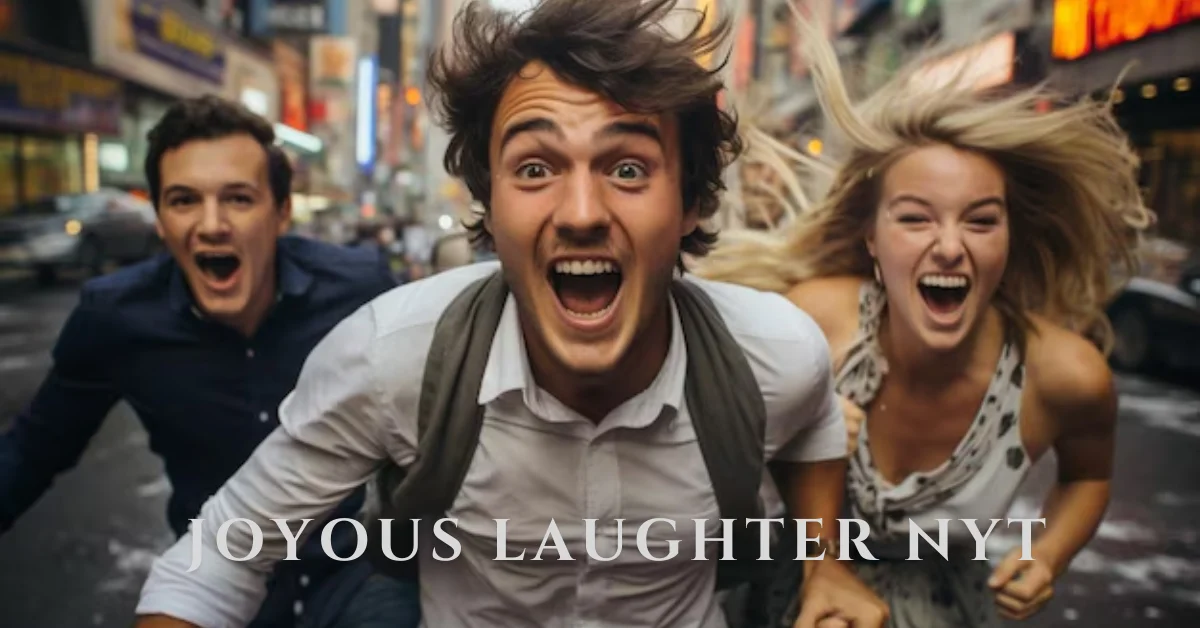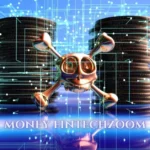Laughter is humanity’s oldest social glue, transcending borders and languages to connect us all. The New York Times (NYT) recently spotlighted this phenomenon, dubbing it “joyous laughter”—a term capturing its spontaneous, uplifting essence. But what makes laughter so powerful? Let’s unravel its universal appeal, cultural significance, and surprising science.
Universal Joy: Why Laughter Knows No Boundaries
From a baby’s giggle to a grandparent’s chuckle, laughter is instinctive. Studies show humans can recognize laughter’s sound within 0.1 seconds, regardless of language. The NYT highlights how joyous laughter:
- Bridges divides: Shared laughter dissolves tension in multicultural settings, workplaces, and even conflict zones.
- Boosts bonding: Couples who laugh together report 67% higher relationship satisfaction (UC Berkeley study).
- Triggers mirror neurons: Hearing laughter activates brain regions linked to empathy, making it contagious.
Real-World Example: During the 2020 lockdown, viral “Zoom laugh chains” connected isolated strangers globally, proving laughter’s timeless role as a social lifeline.
Cultural Echoes: How Societies Celebrate Laughter
Laughter rituals vary wildly, yet their purpose remains universal:
- Japan’s “Warai Yoga”: Laughter yoga clubs blend deep breathing and forced giggles to reduce stress.
- Botswana’s Healing Humor: Traditional healers use humor to ease grief, believing laughter cleanses the soul.
- NYT’s Cultural Deep Dive: A 2023 article explored how immigrant communities use humor to preserve identity while adapting to new cultures.
Did You Know? The phrase “joyous laughter” appeared in NYT’s coverage of Ukraine’s “Laughter Resistance” movement, where comedians used satire to uplift war-torn communities.
The Science of Smiles: Laughter’s Hidden Health Benefits
Joyous laughter isn’t just fun—it’s medicine. Research cited by the NYT reveals:
- Stress Relief: Laughter lowers cortisol by 39% and boosts endorphins (Mayo Clinic).
- Heart Health: 15 minutes of laughter equals 30 minutes of aerobics for cardiovascular fitness.
- Immune Boost: Regular laughers have 40% higher antibody levels, fighting infections faster.
Pro Tip: Incorporate “laughter breaks” into your day. Watch a comedy clip or recall a funny memory—your brain can’t tell the difference!
FAQs About Joyous Laughter NYT
What is “Joyous Laughter NYT”?
“Joyous Laughter NYT” refers to the New York Times’ exploration of laughter’s universal and scientific impact. The term highlights how spontaneous, positive laughter fosters connection, health, and cultural resilience, as detailed in their 2023 feature.
How does laughter improve mental health?
Laughter reduces anxiety by activating the prefrontal cortex (linked to emotional regulation) and lowers stress hormones. The NYT cited its role in easing PTSD symptoms among veterans through laughter therapy programs.
Which cultures prioritize laughter rituals?
India’s Hasya Yoga, Ghana’s funeral humor traditions, and Norway’s “laughter schools” for corporate teams all use intentional laughter to build community and resilience, as noted by the NYT.
Why did the NYT focus on laughter recently?
Post-pandemic, the NYT highlighted laughter’s resurgence as a tool for collective healing, featuring global initiatives like “Laughter Clubs” in refugee camps and comedy fundraisers for mental health.
Can laughter be learned or faked?
Yes! “Fake it till you make it” works. Forcing laughter tricks the brain into releasing mood-boosting chemicals, per the NYT. Apps like Laughify offer guided sessions to kickstart genuine giggles.
Conclusion: Laughter—The Timeless Currency of Joy
From ancient tribal firesides to modern Zoom screens, joyous laughter remains humanity’s most democratic gift. As the NYT underscores, its power to heal, connect, and defy adversity is no joke. So, laugh loudly, share freely, and remember: every chuckle is a tiny revolution against despair.
ALSO READ: DVA is Trans LMFAO: A Deep Dive into Dva’s Cultural Impact











